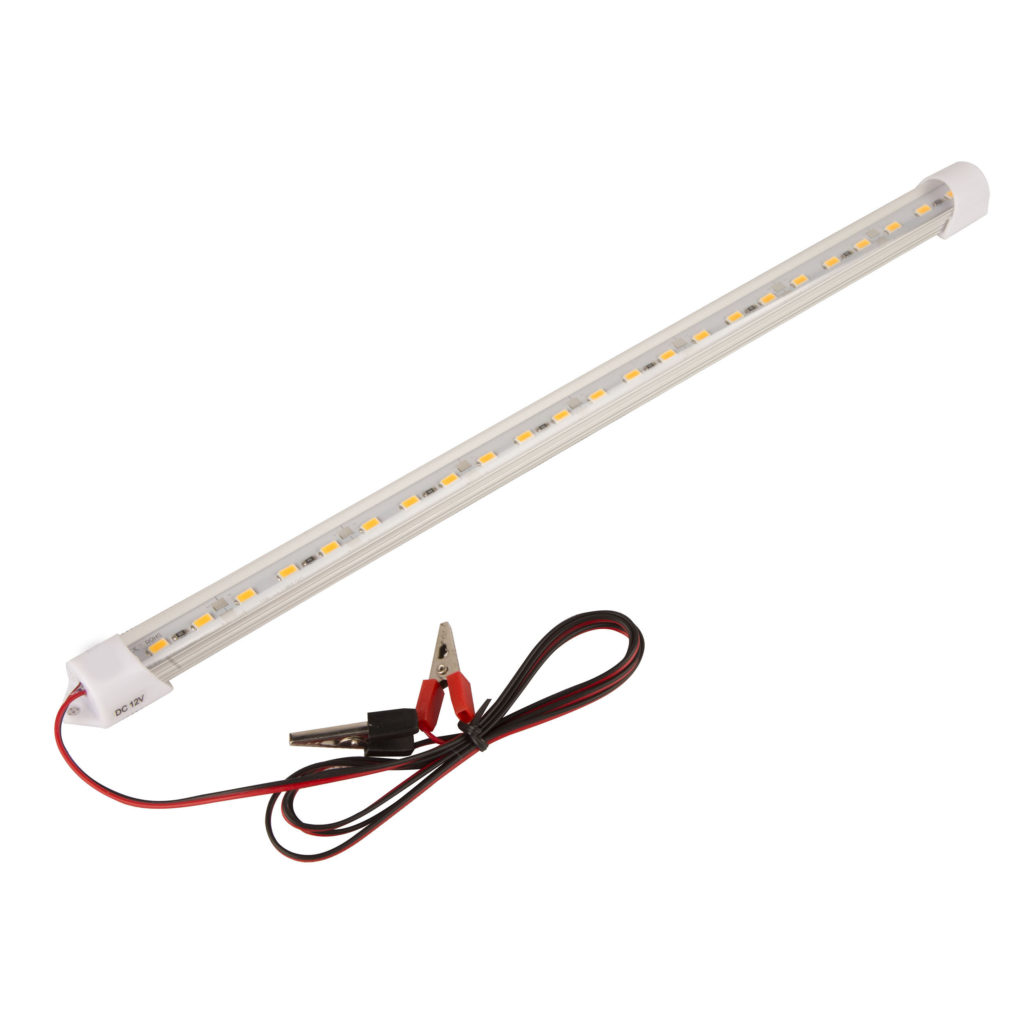

24 Volt lighting systems are what we recommend in most applications unless there is a particular call for a 12V power source or cut length constraints.To summarize the difference between 12V and 24V strip. 24V LED strips are perfect for applications where you don't have to worry about tight spaces. If your project requires a longer run of strip lights, 24V tape will be more suitable.

This can be important for some applications, such as bathroom niches, under cabinet lights, or display monitor backlighting where you would prefer to cut to a very accurate length of strip. 12V LED strips usually have half the distance between cut points compared to a 24V strip. 24V LED strip lighting, the cut length is an essential factor to consider. You can power twice as many feet of 24V LED strips using the same controller receiver based on its current rating. Since 24V LED strips require less current than equivalent 12V LED strips, 24V LED strips are superior in terms of demands when connecting them to a controller. LED controllers are typical rated according to their maximum current. They are ideal for large installations where a consistent brightness level is crucial.Īmperage required – How much power can you put through your LED controller? Connectability: 24V LED strips are excellent for creating longer runs of lighting without experiencing significant brightness drop.Longer runs may experience more noticeable brightness drop towards the end of the strip. Connectability: While 12V LED strips can be connected to extend lighting, they are generally more suitable for shorter runs due to the lower voltage.Incorrect polarity can lead to uneven lighting or non-functioning segments.

Polarity Considerations: Like with 12V strips, it's crucial to ensure correct polarity for 24V LED strips.They are preferred for larger installations. Voltage: 24V LED strips operate at a higher voltage, which allows for longer runs of lighting without experiencing significant voltage drop.Connecting them with reversed polarity can lead to inconsistent or non-functional lighting. Polarity Considerations: Ensuring correct polarity is equally important for 12V LED strips.This makes them suitable for smaller applications or situations where lower power consumption is desired. Voltage: 12V LED strips are designed to operate at a lower voltage.Talk about being efficient! Compatibility and Polarity of 12v vs. And the icing on the cake? You can use thinner wires, which are not only cheaper but also easier to handle. Thanks to their higher voltage, you can run these bad boys for quite a stretch without worrying about pesky voltage drops. They excel in projects that require longer distances. On the other hand, we have the 24V LED strips, the giant siblings of the lighting family. Plus, they come with their own integrated power supply unit, making installation a breeze. So, if you're working on a tight space like your car or boat, 12V is the way to go. These little powerhouses are perfect for projects that require shorter cutting increments due to spatial issues. However, for some projects 12V LED strip is more appropriate (for example, automotive or marine applications).

Therefore, if your project requires a very long run of LEDs from a single power connection, we would recommend that you use 24V strips. Because 24V LED tape requires a lower current (see the next paragraph) for an equivalent power output, its voltage drop is proportionately less. Voltage drop is the gradual decrease in voltage along a circuit due to the resistance of the copper conductors. When it comes to 12 Volt vs 24 Volt LED strips, one of the main differences between the two is the fact that the 24V strips can be run for longer distances than the 12V strips can due to voltage drop. Here are the main considerations when choosing your The difference between 12V and 24V LED strip types available on the market is significant, but one of the most important decisions you'll need to make is whether to go with a 12V or 24V strip for your low-voltage lighting project. 24V lighting systems debate has been out there for a long time, and this is irrelevant to LED color options or the white color temperature. Here is our guide to show you which one is best for your next low-voltage lighting design. 24V LED strip?ĭepending on your project, you might want to use a 12V or 24V LED system. It is a great debate: What should it be, 12V LED vs.


 0 kommentar(er)
0 kommentar(er)
